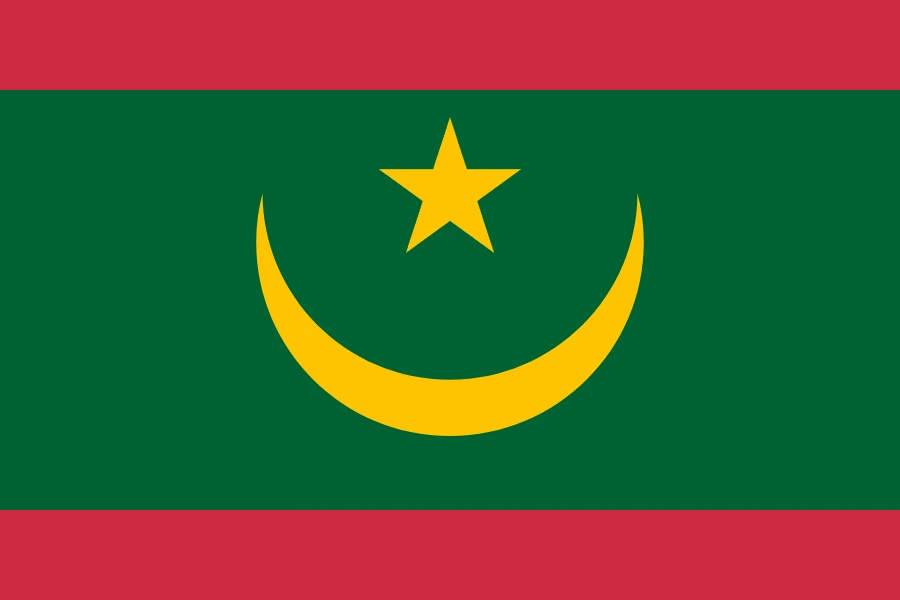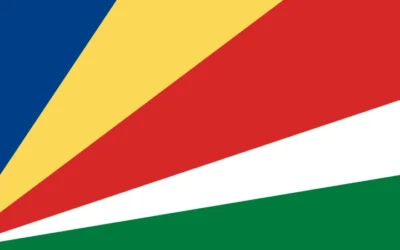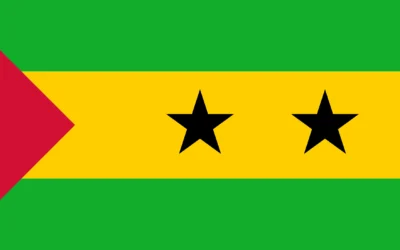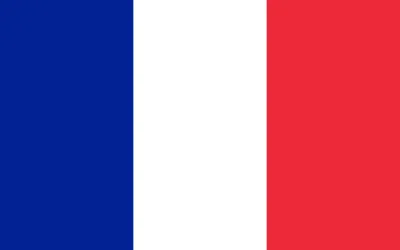Mauritania Travel Guide
Discover Why You Should Visit Mauritania
Why Visit Mauritania?
Mauritania, a land of sand dunes, ancient trade routes, and nomadic heritage, bridges North and West Africa with a landscape dominated by the vast Sahara. It’s a destination of stark beauty, where travelers can uncover desert cities, prehistoric sites, and traditional cultures far from the mainstream tourist trail.
With caravan towns like Chinguetti and Ouadane, UNESCO heritage sites, and the world’s longest iron-ore train ride, Mauritania is ideal for intrepid adventurers, historians, and cultural explorers.
Ideal for: Desert trekkers, archaeology buffs, solitude seekers, and those looking for a unique Saharan journey.
Must-Know Facts
Capital/Major City: Nouakchott
Language(s): Arabic (official), Hassaniya Arabic, French, Pulaar, Soninke, Wolof
Currency: Mauritanian Ouguiya (MRU)
Best Time to Visit: November to March (cooler temperatures and better for desert travel)
Fun Fact: Chinguetti, once a major center of Islamic scholarship, holds one of the oldest collections of Islamic manuscripts in Africa
Top Things to Do
Visit the ancient cities of Chinguetti and Ouadane in the Adrar region
Ride the Mauritania Iron Ore Train across the Sahara
Explore the Banc d’Arguin National Park for birdwatching and coastal desert landscapes
Wander the markets and mosques of Nouakchott
Trek or camel ride through the Sahara, camping under the stars with local guides
Local Culture & Lifestyle
Mauritania’s culture reflects a strong nomadic heritage with influences from Berber, Arab, and sub-Saharan African traditions. Social life is shaped by Islamic customs and oral storytelling.
Traditional dress, music played on instruments like the tidinit, and poetry remain key expressions of identity.
Tea drinking is a ritualized social activity, with green tea served in three rounds of increasing sweetness.
Food & Drink Highlights
Street Food: Mechoui (roast lamb), thieboudienne (rice and fish), grilled camel meat, couscous
Restaurants: Nouakchott’s eateries offering local stews, seafood, and international fare
Drinks: Green tea with mint, camel milk, bissap (hibiscus drink)
Desserts: Dates, semolina sweets, honeyed pastries
Main Dish & Culinary Symbols
Signature Dish: Thieboudienne (rice, fish, tomato sauce, and vegetables)
Common Ingredients: Fish, lamb, millet, rice, chickpeas, dates, spices, mint
Culinary Culture: Meals are traditionally eaten communally, often with hands, and tea is served as a ceremonial closure
Symbols & Icons of the Area
Natural Icons: Sahara Desert, Adrar Plateau, Banc d’Arguin coastline
Cultural Icons: Chinguetti mosque, nomadic tents, iron-ore train, ancient manuscripts
Hidden Gems & Off-the-Beaten-Path
Ksar El Barka, a rarely visited Saharan ruin in the Tagant region
Terjit Oasis, a lush palm valley with natural springs near Atar
Ouadane’s crumbling old town and the mysterious Richat Structure (Eye of the Sahara)
Shopping & Souvenirs
What to Buy: Silver jewelry, leather goods, nomadic textiles, hand-bound books
Where to Shop: Nouakchott’s Marché Capitale and regional artisan markets
Getting Around
Public Transport: Shared taxis and bush taxis connect towns but are informal
Car Rentals: 4x4s are essential for desert regions, often with local drivers or guides
Tip: Distances are vast, and roads in remote areas can be difficult
Walkability: Limited to towns and oases; much travel is vehicular or camel-based
Travel Tips
Travel with an experienced guide, especially in desert regions
Respect Islamic customs including dress and prayer times
Visas are required for most nationalities; check entry policies before arrival
Carry cash, as card use is limited outside major cities
Where to Stay
Budget: Guesthouses and auberges in Nouakchott, Atar, and Chinguetti
Mid-range: Sahara-style lodges with basic comforts in Adrar region
Luxury: Limited, but some oases and camps offer upgraded glamping experiences
Unique: Tent camps in the desert, eco-lodges at Banc d’Arguin
Sample 4-Day Itinerary
Day 1: Arrive in Nouakchott, explore markets and dine on traditional dishes
Day 2: Travel to Chinguetti, visit libraries, old mosque, and desert surroundings
Day 3: Visit Ouadane and trek to nearby rock formations and ruins
Day 4: Return via Terjit Oasis, relax in palm shade before heading back to the capital






0 Comments